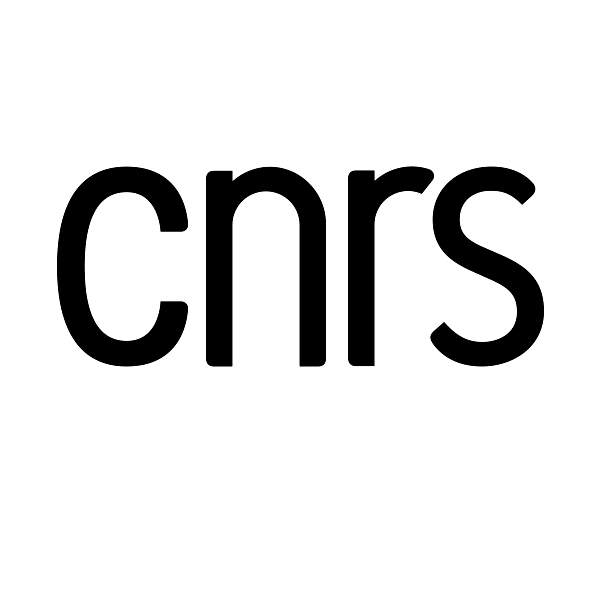Methodology
Pilot sites within the trinational metropolitan region (LivingLabs WWTP, RESTORE, WEFE) and in mountain ecosystems (OHGE) will serve as open-air laboratories to deploy interdisciplinary monitoring approaches and conduct long-term impact assessments. An advanced integrative monitoring framework will combine cutting-edge methods such as airborne thermal infrared remote sensing, airborne topo-bathymetric LiDAR, satellite imagery, ancient and environmental DNA, and artificial intelligence.
The temporal evolution of hydrosystems, spanning from a century to several millennia, will be reconstructed to elucidate river system functioning in relation to hydrological regimes (Challenge 1), management practices, and pollution history. Scientific surveys, combined with analyses of past and ongoing restoration projects, will generate a “collective intelligence” of best management practices through global collaborations.
Integrated studies will assess hydrosystem responses in terms of biodiversity and their links with urban metabolism, including the transformation of micropollutants upstream, on-site, and downstream of wastewater treatment plants (LivingLab WWTP). Microorganism-based strategies for micropollutant remediation in wastewater will be evaluated for both effectiveness and acceptability.
Expected Results and Impacts
Interdisciplinary approaches and restoration strategies, including nature-based solutions, will be developed to study the functioning and responses of human-impacted socio-hydrosystems. Collaborations with stakeholders will foster inclusive and integrative management and restoration strategies, alongside the development of indicators and models to support an eco-strategic approach. These outcomes will contribute to adaptive and robust governance frameworks and decision-making tools within the scope of Challenge 5.


